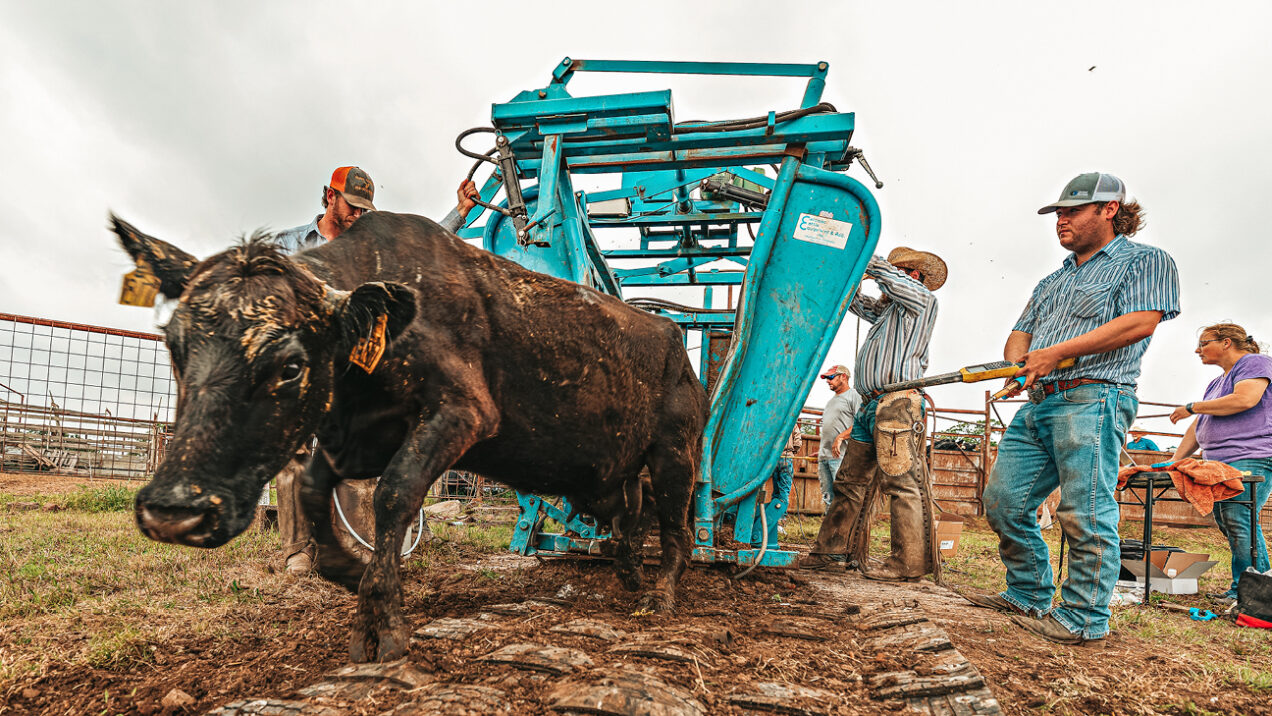If you hang around someone long enough, you start to get a good feel for where their priorities lie. Weather aside, most conversations with cattle producers seem to revolve around the current or future market, and which best management practices to implement to help facilitate a more profitable calf crop.
After these conversations, I’m sometimes reminded of a lecture topic given what feels like a long time ago that pertained to “economically important traits” to producers within the beef industry. Yes, carcass traits – such as quality grades and yield grades as well as performance traits such as pre- and post-weaning growth – were important points of the lecture. However, without managing/selecting for the most important economic trait, then things like genotypic selection, market conditions, even the weather for that matter become as relevant as… well, you know the story.
Most of you, I’m not telling anything new when I say, “Reproduction is the most important concept to keep in focus for profit-driven cow/calf producers.” Granted, reproductive traits are more difficult to select (i.e. lowly heritable), but given their relative economic value, an ongoing emphasis geared toward improving the long-term reproductive capabilities of your female base is one of the most crucial aspects of a cow/calf production system.
Yet it’s certainly not the only thing to consider… especially this time of year. Additional management practices – such as implementing quality herd health and monitoring nutritional status – also must be considered to ensure reproductive proficiency year-in and year-out.
Prevention and treatment: the two pillars of any quality health program! They consist of three main principles:
- Prevention of pathogen exposure (biosecurity)
- Identification, isolation and eradication of any on-premise pathogens (biocontainment)
- Fortification of animal resistance to pathogens
One of the more common ways to approach Principles 1 & 3 is to implement a sound herd health program. Pathogens detrimental to reproduction – such as infectious bovine rhinotracheitis (IBR), Bovine Viral Diarrhea (BVD), Leptospirosis sp. and Campylobacter (Vibriosis) – are common in Oklahoma and thus should be included in the herds’ vaccination schedule.
Two options for implementation are:
- just prior to breeding – 30 days or so. Or, for you spring-calving producers, this means yesterday
- at weaning with a killed vaccine (unless you’re certain females have been MLV-primaried and boostered).
Further, prior to turnout, make sure you perform a complete breeding soundness exam on all bulls. This procedure may cost a bit, but I can assure you—it won’t cost a calf crop!
In addition to a sound herd health program, monitor nutritional status going into the breeding season. This is done most often by implementing a scoring system based on “condition” or “flesh”. The most common system used today by animal scientists is a scale of one to nine, “1” being the least condition and “9” the most. I am a firm believer in body condition management throughout the year. On one hand, there are times when it’s optimal to allow a “slip” in condition. On the other hand, there are also times when condition is necessary and should be closely monitored. For a spring-calving herd, one of those times is right now. The rule-of-thumb is “a body condition score (BCS) of at least 5.5 and a positive plane of nutrition going into the calving season for all females”.
By doing so, you foster an environment for reduction of condition caused by peak milk production (45 to 60 days post-partum) and stressful environmental/forage conditions prior to the onset of the breeding season. Ensure you maintain enough (at least a BCS=5) condition going into the breeding season so to meet realistic “breed-up” expectations.
Keep in mind condition-scoring is very subjective, although they should be close. A female I score at 5 could be a 5.5 to you. The key point here is to become familiar enough with your cattle that you’re able to use this method to monitor a particular herd’s nutritional status throughout the year.
Remember: It’s easier to maintain condition than it is to obtain condition. Manage towards maximizing reproduction efficiency by prioritizing to match forage characteristics – such as quality and quantity – with animal requirements to work for you rather than against you. Also, prior to the breeding season, ensure all nutritional needs are met and implement a sound vaccination program.
With these managerial measures, hopefully you’ll be pleasantly rewarded at preg-check time.
Happy Breeding!
